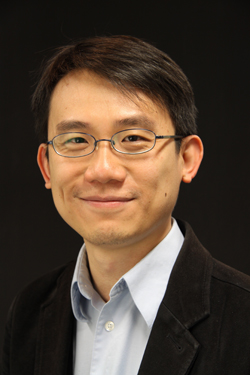| People
 Changhuei Yang Changhuei Yang
Thomas G. Myers Professor of Electrical Engineering, Bioengineering and Medical Engineering
MC 136-93
Office: 262 Moore
Phone: (626) 395-8922
Curriculum Vitae
Education
PhD, EECS, MIT, 2002
BSc, Mathematics, MIT, 2002
MEng, EECS, MIT, 1997
BSc, Physics, MIT, 1997
BSc, EECS, MIT, 1997
Field of Study
Professor Yang's research efforts are in the areas of novel microscopy development and time-reversal based optical focusing. Prof. Yang joined the California Institute of Technology in 2003. He is a professor in the areas of Electrical Engineering, Bioengineering and Medical Engineering. He has received the NSF Career Award, the Coulter Foundation Early Career Phase I and II Awards, and the NIH Director's New Innovator Award. In 2008 he was named one of Discover Magazine’s ‘20 Best Brains Under 40’. He is a Coulter Fellow, an AIMBE Fellow and an OSA Fellow. He was elected as a Fellow in the National Academy of Inventors in 2020.
His research efforts can be categorized into two major groups – high throughput microscopy development and time-reversal based optical focusing.
High-throughput microscopy - Prof. Yang's group is developing a number of technologies aimed at transforming the conventional microscope into high throughput, automated and cost-effective formats. His group is the pioneer of the first chip-scale microscope system - the optofluidic microscope. The ePetri system was also invented by his group and it represents a cost-effective and highly autonomous way of performing high-content microscopy imaging. His group’s recent invention - Fourier Ptychography, is a computational microscopy method that enables a standard microscope to push past its physical optical limitations to provide gigapixel imaging ability.
Time-reversal based optical focusing and imaging - Prof. Yang's group is working on the use of 'time-reversal' techniques to undo the effect of tissue light scattering. This work has the potential to enable greatly improved depth-penetration and resolution improvement for deep tissue optical imaging. It also opens up the possibility for performing incision-less laser surgery and precision cancer therapy. |